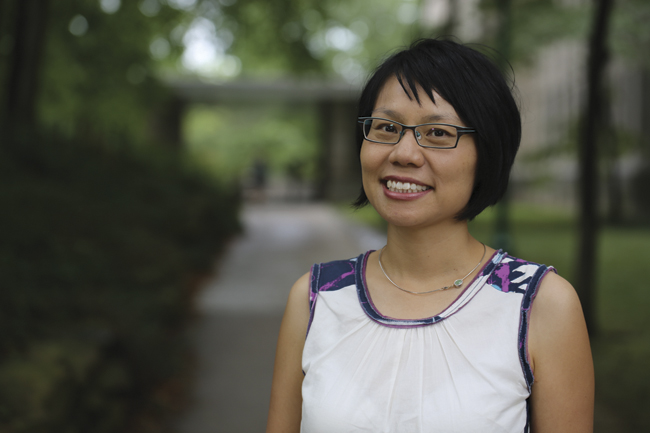BY CARMEN SIERING
At a time when the President of the United States has asked that the country have a national conversation about race, a new book challenges the black-white paradigm around which that conversation is typically centered. In The Color of Success: Asian Americans and the Origins of the Model Minority (Princeton University Press, November 2013), Ellen Wu, assistant professor of history at Indiana University, explores race relations in this country as experienced by Asians.
Wu describes the “model minority” as “peoples distinct from the white majority but lauded as well-assimilated, upwardly mobile, and exemplars of traditional family values.”
While Asians are often regarded as a “model minority” today, that wasn’t always the case, says Wu. “Until World War II, Asians were reviled as forever foreigners who were excluded from American life.” Wu explains that until the mid-20th century, Asian immigrants faced much harsher restrictions than immigrants from other parts of the world. “It’s not a comfortable history but it’s one that needs to be acknowledged.”
Wu, whose parents emigrated from China, is a native Hoosier. She says that as a child she was conscious of her difference but it wasn’t until she was an undergraduate at IU that she became aware of the nature of those differences. In a course she recalls as “basically an introduction to Asian American Studies,” she learned that Asian Americans are frequently stereotyped as “model minorities.” At that moment, she says, “a light bulb went off. It put a name to things I had observed, and it put my life experiences in a framework that helped me make sense of race in modern, contemporary America.”
Wu says one of the central questions in The Color of Success is how the image of Asian Americans has transformed from that of the “yellow peril” to the “model minority.”
Wu says that while being a model minority might seem like a good thing, all stereotypes are damaging. “I think people are surprised to hear me say that even a positive stereotype is a problem,” she says. “It perpetuates the idea that Asians are forever foreigners. It says not only are they different from whites, but they’re also different from other minorities.”
















